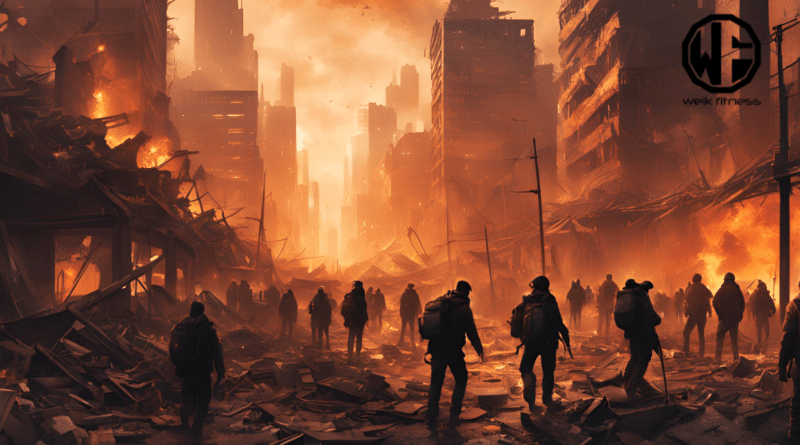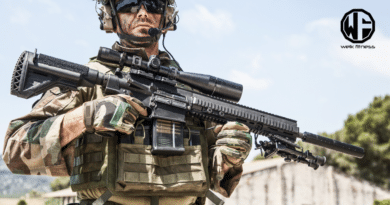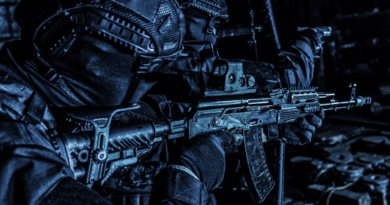SHTF Planning: Preparedness For Emergencies & SHTF Survival
When it comes to SHTF planning, you’re either in the camp of doing everything you can to prepare yourself for anything or you’re in the camp of thinking you need to wear a tin foil hat to even consider SHTF planning.
The fact is, life changes fast. One day, you’re going about your normal routine. The next day, a big storm or crisis hits, whether you’re ready for it or not. We all want to keep our families safe, but many of us aren’t ready for tough times.
In fact, 6 out of 10 Americans don’t have basic supplies for emergencies. That’s why we made this guide. It breaks down SHTF planning into small, easy steps anyone can follow. You’ll learn what to store, where to go, and how to better protect your loved ones.
Don’t wait for trouble to strike — start getting ready today. Your family will thank you later.
Table of contents
- Key Takeaways for SHTF Planning
- What Does SHTF Mean?
- Types of SHTF Survival Plan Scenarios
- Essential Steps for Effective SHTF Planning and Preparedness
- Key Strategies for SHTF Planning and SHTF Gear and Equipment
- Advanced Preparation for Potential SHTF Scenarios
- Managing SHTF Planning Events and Survival Priorities
- SHTF Planning Prepares You for Any SHTF Situation You May Face
Key Takeaways for SHTF Planning
- 60% of Americans lack basic emergency supplies, showing why SHTF planning is vital for protecting families from disasters like Hurricane Harvey, which caused $125 billion in damage in 2017.
- Each person needs one gallon of water per day for survival, and families should store at least 14 days of food and water at home or 3 days’ worth of grab-and-go kits.
- COVID-19 caused 687 million cases and 6.8 million deaths by May 2023, proving why families need 30 days of supplies, masks, and sanitizers for health emergencies.
- The PACE method (Primary, Alternate, Contingency, Emergency) helps families stay connected during crises, with Ham Radio being the top choice for emergency talks when phone lines fail.
- Natural disasters like the 2023 Mississippi tornadoes (26 deaths) and the 1994 Northridge earthquake ($20 billion in damage) show why families must have clear evacuation plans and emergency supplies ready.
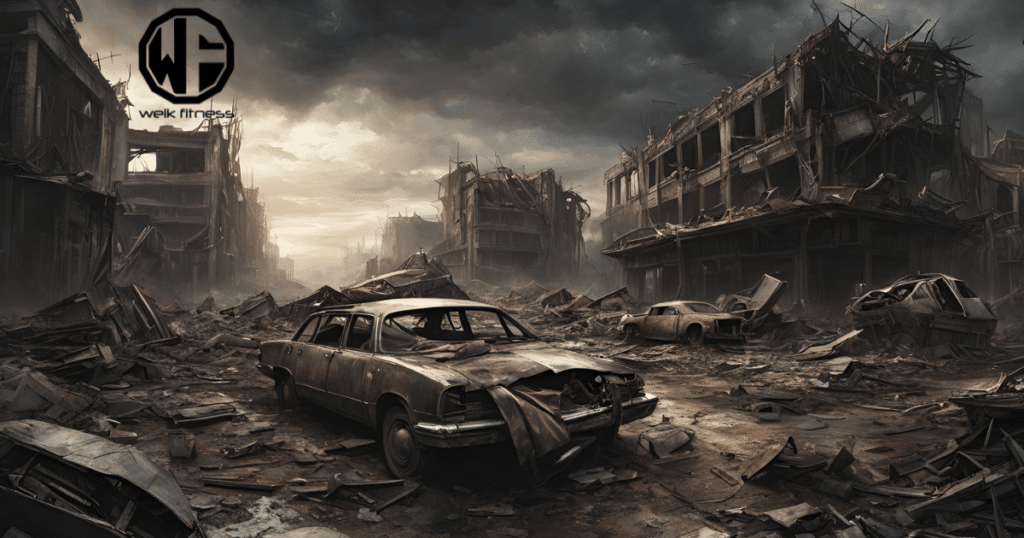
What Does SHTF Mean?
“SHTF” stands for “Shit Hits the Fan.” It’s a slang expression used to describe a situation where things go extremely wrong or out of control, often in a way that leads to chaos or a breakdown in normal routines.
You’ll see it a lot in prepping, survivalist, and emergency management discussions to talk about scenarios where major crises (like natural disasters, economic collapse, or other emergencies) create significant disruption.
Types of SHTF Survival Plan Scenarios
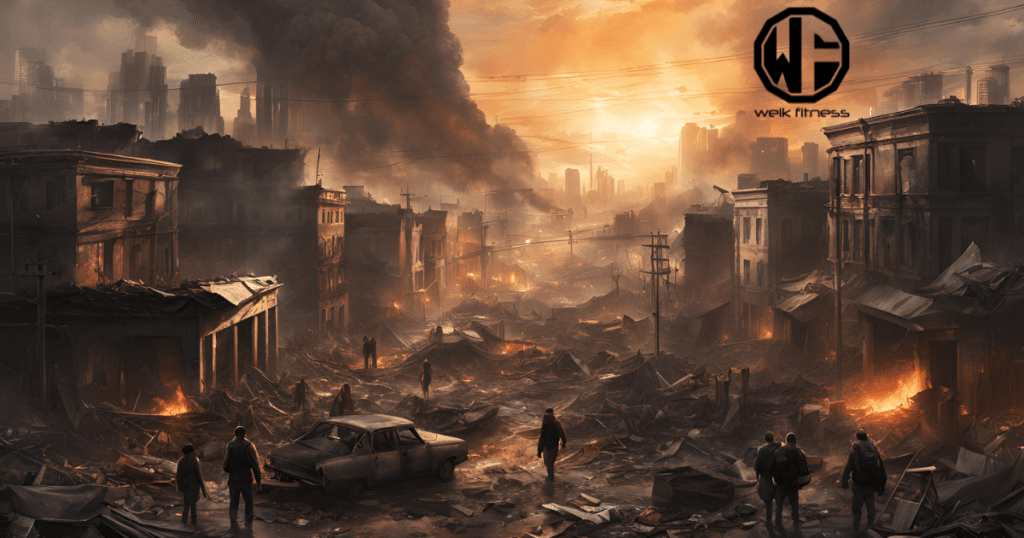
SHTF events can strike at any time and take many forms. You must prepare for natural calamities, health crises, money troubles, wars, and power grid failures that could change our lives fast.
1. Natural Disasters Impact
Natural disasters devastate communities across America. We’ve seen this through Hurricane Harvey’s $125 billion damage toll in Texas during 2017. Major storms like these create survival situations that need proper preparation.
Communities faced 68 deaths from Harvey alone, showing why we must stay ready with our survival kits and emergency plans.
The impact affects our communities directly through events like the 2023 Mississippi tornadoes that took 26 lives. Big earthquakes cause severe damage, too — the 1994 Northridge earthquake caused $20 billion in damage with its 6.7 magnitude force.
You need non-perishable food stocks, first aid supplies, and portable power stations ready before disaster strikes. Our survival priorities focus on stockpiling one gallon of water per person per day, keeping our emergency bags packed, and maintaining clear evacuation plans.
2. Pandemic Outbreaks
COVID-19 hit our world hard, with 687 million cases and 6.8 million deaths by May 2023. You must stock up on first aid kits, emergency food, and non-perishable supplies for at least 30 days.
Your survival plan needs to include face masks, hand sanitizers, and basic medical items. Strong hygiene habits cut down the spread of viruses in times of crisis.
Global health experts say no country stands ready for the next pandemic threat. You need solid SHTF planning that focuses on self-isolation supplies and communication devices. Your prep strategy must cover food and water storage, plus backup power sources like solar generators.
Mental health care matters too — store games, books, and comfort items to stay positive during lockdowns.
3. Economic Collapse Factors
Economic collapse hits fast and hard. We saw this during the Great Depression of 1929 and the 2008 global financial crisis. Your survival skills must include paying off debts and building a strong emergency fund.
Many preppers store food, water, and basic supplies for at least 6 months.

A financial SHTF situation needs smart money moves now. Keep cash on hand, buy gold or silver, and spread your money across different banks. Your bug out bags should include copies of key papers and some emergency cash.
Smart preppers cut extra costs and save 20% of their income for tough times.
4. Acts of War Effects
Acts of war create major risks to our safety and survival. We must build backup power systems and store vital supplies for at least 6 months. Your emergency kits need first aid items, food, water, and self-defense tools to stay safe during conflicts.
In your SHTF planning, you need a solid evacuation plan to help you escape dangerous areas fast.
RELATED: Why Preppers Need a Geiger Counter for Radiation Safety
Your survival depends on learning key skills before war breaks out. Practice self-defense moves and study local escape routes now. Smart preppers keep emergency radio gear ready for updates.
Make sure your bug-out bags stay packed with fire starters, manual can openers, and at least one gallon of water per person daily.
5. EMP Attack Consequences
An EMP attack will shut down our power grid in seconds. Our phones, cars, and computers will stop working right away. People will rush to stores for food and water in the first 24 hours.
Most folks don’t know how to live without power, so panic will spread fast. You must prepare for this major SHTF scenario with proper survival gear and emergency kits.
Civil unrest breaks out as cash loses value and ATMs stop working. Our society depends on electricity for basic needs like food storage and clean water. Many people will leave cities to find safety and resources elsewhere.
You need non-perishable food supplies, manual tools, and off-grid power sources like the Jackery solar generator. Building support networks now will help you trade goods later through bartering systems.
Essential Steps for Effective SHTF Planning and Preparedness
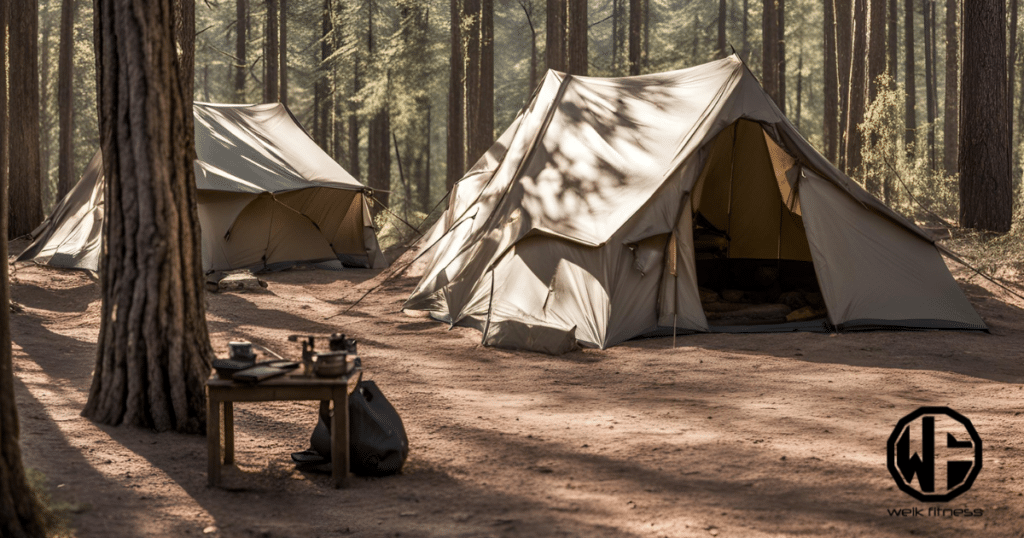
Solid SHTF planning needs clear steps to keep you safe when disaster strikes. Start with a basic checklist and build up your emergency kit with vital gear like water filters, fire starters, and non-perishable food.
1. Assess Local Risks and Threats to Bug In or Bug Out
Study your local area’s risks to plan for SHTF survival. Your local threats include natural disasters, civil unrest, and power outages that could impact our safety. Hurricane Katrina taught us that each region faces unique challenges.
Local weather patterns, crime rates, and nearby hazards shape our prep needs.
RELATED: How To Choose a Military Sleep System (MSS) For Your Mission
Your SHTF emergency plans start with a clear view of real threats in our zone. The COVID-19 pandemic proved that different areas face varied risks. You need to map out escape routes, safe spots, and danger zones near your home.
Smart preppers check local emergency alerts, crime stats, and flood maps to spot risks before they strike.
2. Create a Comprehensive Emergency and Survival Plan
SHTF planning starts with a clear bug in or bug out strategy. Your family needs 72 hours of food and water stored in an easy-to-grab survival kit. Each person needs one gallon of water per day to stay alive.
Safe shelter ranks as our top concern against natural threats and bad weather conditions.
Your emergency kit must include a fire starter kit, flashlight, and non-perishable food supplies. The plan requires a communication plan with family members and trusted neighbors. Your gear list should focus on basic needs like water filters, portable power stations, and solar panels for backup power.
Every family member needs to know their role and meeting spots if you get split up.
3. Assemble and Maintain a Survival Kit and Survival Gear
You need to pack our survival kit with care and purpose. Your kit must hold one gallon of water per person daily for 14 days at home or 3 days if we need to leave fast. Non-perishable food supplies follow the same rule — 14 days for home stays and 3 days for quick exits.
Your survival kit must include basic tools for life-saving needs. Store a bright flashlight, a working radio that runs on batteries, extra power cells, and full first aid supplies.
Smart preppers keep copies of vital papers and health records in their kits, too. These items stay ready in our emergency or survival kit for quick grab-and-go needs.
Key Strategies for SHTF Planning and SHTF Gear and Equipment
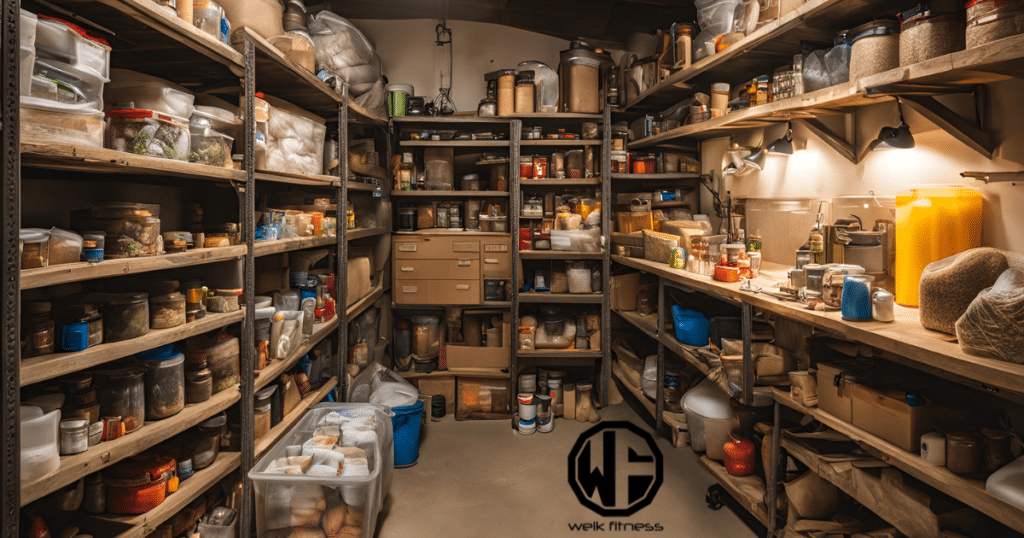
We must act fast to stay alive in a crisis. Smart SHTF planning for food, water, shelter, and safety will make the difference between life and death.
1. Store Water and Food Supplies
Your food storage plan should start with a solid two-week supply of non-perishable items. Consider stocking one gallon of water per person per day in clean containers. For SHTF planning, your survival kit could include rice, beans, canned goods, and dried fruits that last for months without power.
It’s important that you keep your emergency food and water in a cool, dark spot away from direct sunlight. The storage space should stay between 50-70°F to make your supplies last longer. Smart rotation of food items helps you avoid waste and keeps your stocks fresh for any SHTF survival situation.
2. Secure Safe Shelter and Safety Protocols
A safe shelter stands as your first line of defense in SHTF situations. You need a strong base with thick walls, secure doors, and backup power from a Jackery solar generator 2000 plus (a Jackery 1000 solar generator may work for you; we wrote a review that you can read here).
Your shelter must protect against natural threats and unwanted visitors. Make sure to install solid locks, security cameras, and emergency exits.
Safety protocols keep your family safe during crisis times. For SHTF planning, you should stock non-perishable food and water at one gallon per person per day in our shelter. Clear escape routes and meeting points help everyone stay together if you need to bug out fast.
Smart placement of emergency kits near exits speeds up your response time in dangerous situations.
3. Learn Self-Defense and Protection Techniques
We must learn basic self-defense moves to stay safe during SHTF scenarios. Our survival skills need to include situational awareness and smart ways to avoid fights. Simple steps like watching our surroundings and staying away from risky places boost our chances of survival.
Smart preppers focus on peaceful solutions before physical defense. Your SHTF planning should include clear ways to talk down threats and escape danger spots fast. Basic defense training helps you protect your gear and emergency kits if needed.
Advanced Preparation for Potential SHTF Scenarios
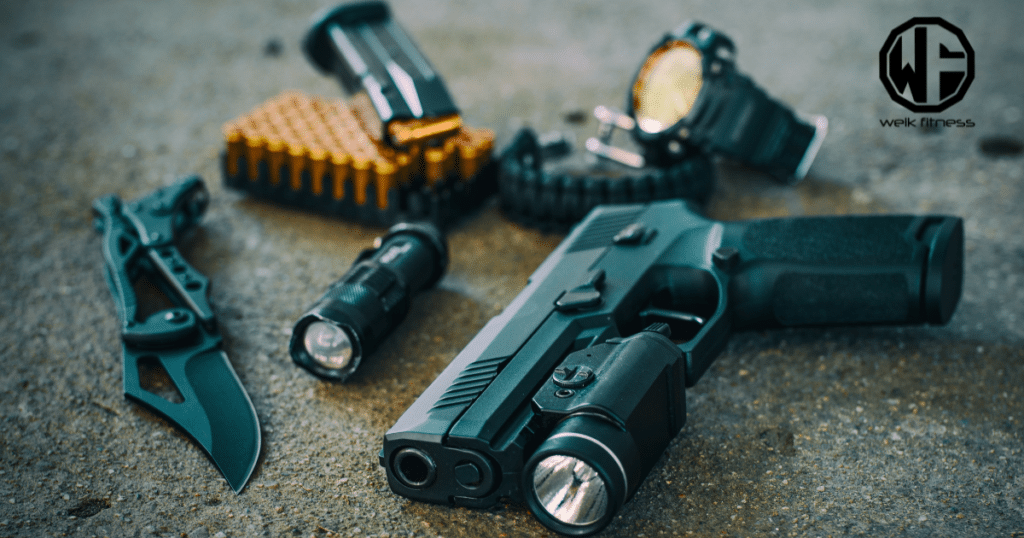
Advanced SHTF planning needs smart money moves, backup comms, and strong local networks.
1. Financial Security Measures
SHTF planning also means thinking about your money. You should clear all debts fast to build strong money safety nets. Your emergency fund needs 6 months of basic costs stored in cash. Smart preppers split their money into different places — cash at home, bank accounts, and solid items like gold or silver.
This helps you stay safe if banks close or money loses value during tough times.
Your SHTF planning should focus on three key money moves for SHTF survival. First, you pay off every debt to avoid monthly bills. Next, save enough cash to cover basic needs. Last, put your savings in different spots to protect against economic collapse.
Invest in a fireproof safe. A safe at home can hold part of your emergency cash (as well as gold and/or silver), while bank accounts keep the rest secure.
2. Building Your SHTF Planning Communication Strategies
Your communication for SHTF planning needs a solid PACE setup. Ham Radio stands as your top choice for emergency talks. The PACE method gives you four ways to stay in touch: Primary, Alternate, Contingency, and Emergency channels.
This creates a strong safety net if normal phone lines stop working during a crisis.
A good radio setup forms the backbone of our survival kit. Ham Radio lets us reach people far away without cell towers or the internet. Our plan includes backup power sources like the Jackery Explorer portable power station to keep radios running.
Solar panels charge these power banks to maintain clear signals through long blackouts.
3. Develop Self-Sufficiency and Build Support Networks
You need to build strong self-sufficiency skills for SHTF survival. Growing a small herb garden marks the first step toward food independence. A reliable water source like a well or spring helps you stay self-reliant during emergencies.
Learning survival skills and having the right SHTF gear creates a solid foundation for independence.
Building support networks strengthens SHTF planning with family and friends. We must share emergency or survival kit ready tips with trusted neighbors. Five key areas need focus: food production, water access, shelter building, medical care, and security measures.
Smart preppers create local groups to trade skills like farming, hunting, and first aid.
Managing SHTF Planning Events and Survival Priorities
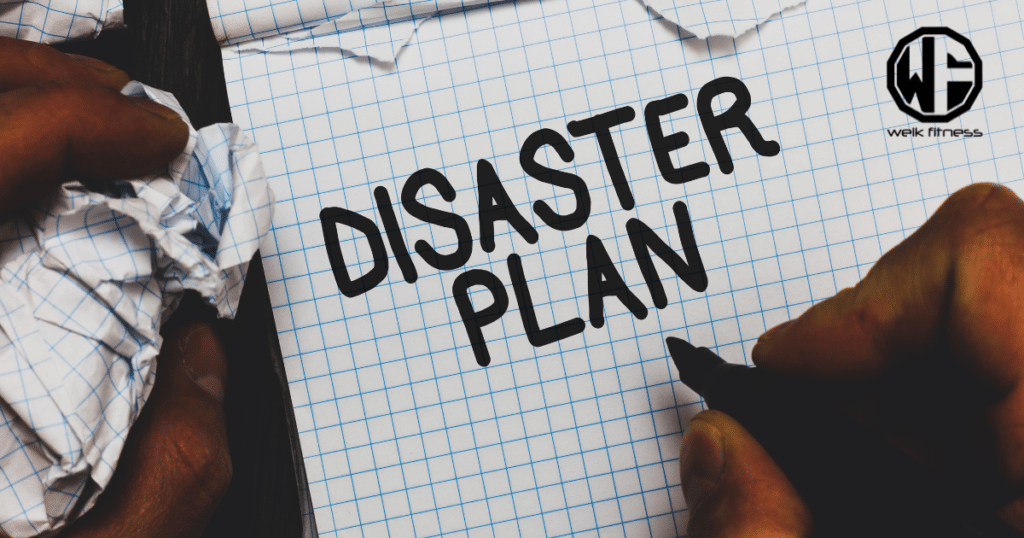
When disaster strikes, you need a clear plan to act fast and stay safe. Your success depends on quick thinking, smart resource use, and strong bonds with your neighbors.
1. Execute the Emergency Plan
We must act fast to put SHTF planning into action during a crisis. Our survival kit needs to stay ready with non-perishable food, clean water, and medical supplies for quick access.
A clear plan helps us make smart choices about bugging in or bugging out based on the threat.
Gas masks and safety gear need to stay close for instant use in nuclear attacks or wildfires. Keep our emergency supplies in easy-to-grab spots and practice our escape routes monthly.
Your SHTF plan must stay simple — grab the essentials, secure the shelter, and follow your preset safety steps without delay.
2. Control Resource Use and Implement Rationing
SHTF planning needs strict rules for food and water use. Smart rationing starts with eating perishable foods first during power outages. Your family needs 2,000 calories per day to stay healthy, so we split meals into three parts.
Check your canned goods every 30 days to make sure they’re still good.
Food storage works best with a clear system in place. Your SHTF gear should include food tracking sheets to mark what you use each day. Sort items by expiration date and keep a running count of your supplies.
Your emergency kit should have enough food for 90 days, split into monthly portions to avoid waste.
3. Support Psychological Resilience and Strengthen Community Ties
Mental strength helps you survive tough times. You need to stay calm and focused during a crisis by practicing stress control methods. Building strong bonds with neighbors creates a safety net for everyone.
Local support groups give us all a better chance to handle emergencies together.
Training in Psychological First Aid makes you ready to help others cope with stress. You can share skills, tools, and resources with your community members. People who work together handle problems better than those who stay alone.
Strong community ties lead to faster recovery after any emergency hits. A prepared community stays safer through any crisis.
SHTF Planning Prepares You for Any SHTF Situation You May Face
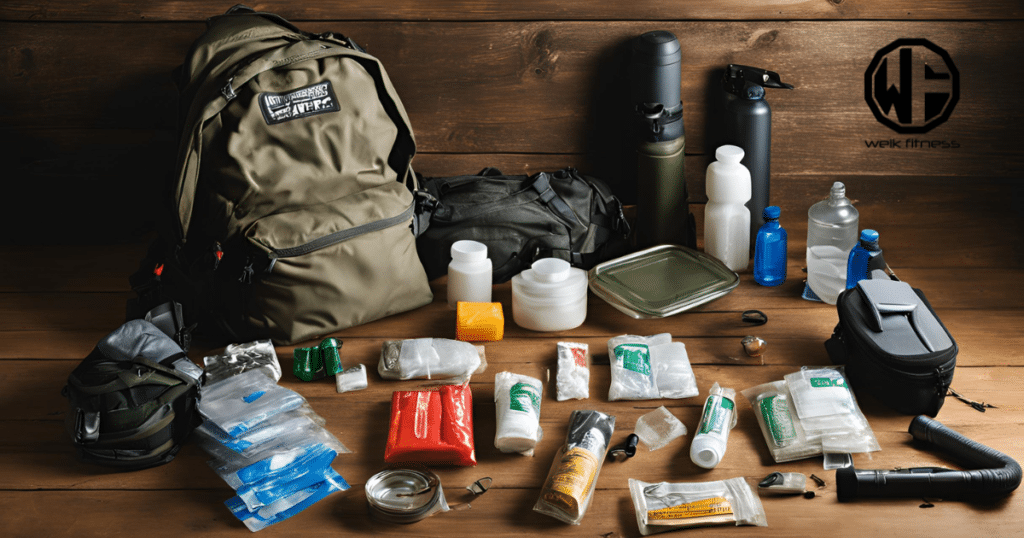
SHTF readiness demands smart planning and quick action. We must stay ready with our survival kits, food stocks, and safe shelter plans. Our success depends on strong community bonds and clear emergency plans.
Smart preppers know that real safety comes from mixing basic prep work with advanced skills. Make SHTF planning part of your routine and constantly look to update and upgrade it when and where you can.
Additionally, I wrote an entire article on bug-out bags that I recommend you check out. That said, I can’t stress enough that you should consider jumping in the Bug Out Primer class from Tremis Dynamics. I took the class and thought I had a solid plan until I went through the class and realized not only are their holes in my plan, but some of the gear I thought I needed, not only do I not need, but the stuff I do need there are much better options out there.
All around, the Bug Out Primer class, in my opinion, it absolutely necessary to help you gain the knowledge you need to at least get started on a bug out plan and SHTF planning. You may have a preparedness plan in place, but going through the class and interacting with Garry (and asking a ton of questions) will help you get better squared away. I highly recommend you sign up for his class and take a pen and notebook (he drops tons of knowledge that you’re going to want to write down).
SHTF Planning Resources
- https://pmc.ncbi.nlm.nih.gov/articles/PMC10530798/
- https://pmc.ncbi.nlm.nih.gov/articles/PMC7151311/
- https://www.redcross.org/get-help/how-to-prepare-for-emergencies/survival-kit-supplies.html
- https://www.fcs.uga.edu/extension/preparing-an-emergency-food-supply-short-term-food-storage
- https://pmc.ncbi.nlm.nih.gov/articles/PMC5489140/
- https://pmc.ncbi.nlm.nih.gov/articles/PMC3682619/
As a side note to close out this article, if you want to support our website and are in need of any tactical gear (or any product for that matter), anything you purchase using our links below will provide us with a small commission. We don’t charge for our free content and our goal is to keep it that way. We don’t have a Patreon account to put things behind a paywall, nor do we sell pics of our feet on OnlyFans.
If you choose to use the links below and make a purchase (at no additional cost to you), we greatly appreciate your support as it helps us continue to publish free content (like this article) on our website:
- Optics Planet (use code SAS5 at checkout for 5% off)
- Amazon
We have also partnered with CCW Safe. It’s the concealed carry coverage that I personally have for myself and my family in the event we need to defend our lives. Feel free to use our CCW Safe link to sign up and get some coverage to protect yourself and your family.
Also if you have a product you would like us to check out and potentially review, please contact us and let’s discuss.


